Introduction
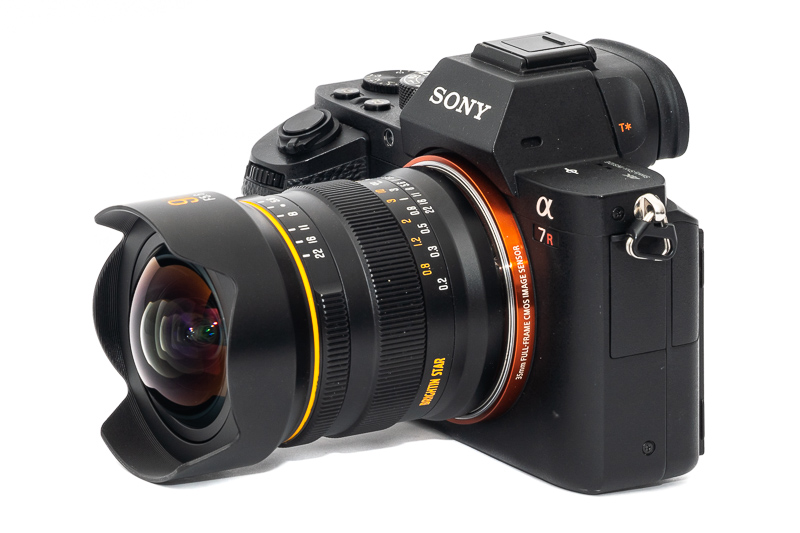
This Brightin Star 9mm 5.6 and the 7Artisans 9mm 5.6 had been announced almost at the same time, so I already expected these lenses to be more or less identical. Interestingly only this Brightin Star lens features a 34 mm rear filter thread though, so I decided to have a closer look at this Brightin Star lens as well.
The optical and most of the mechanical construction of this Brightin Star 9mm 5.6 lens is identical to the 7Artisans 9mm 5.6, so I will reuse many parts of its review here.
Sample Images
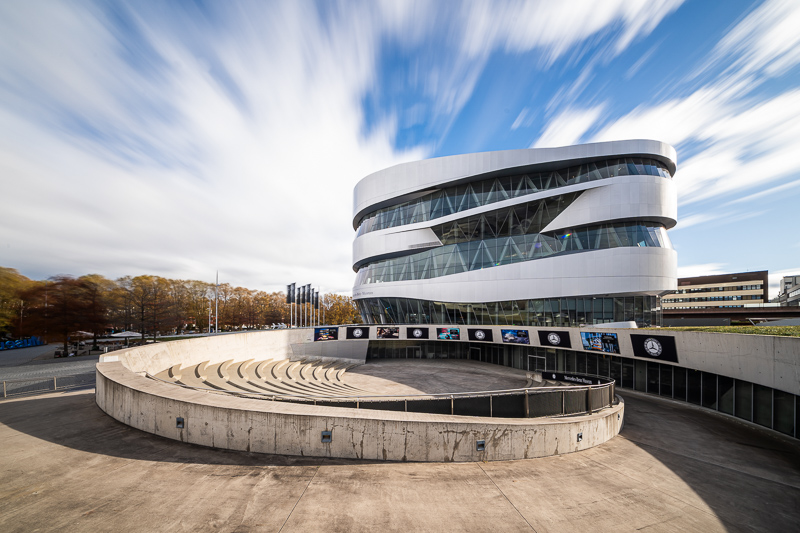
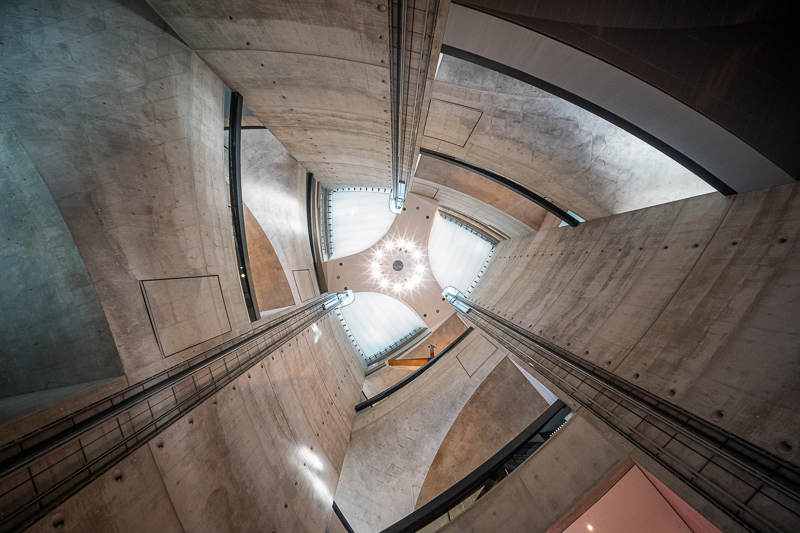
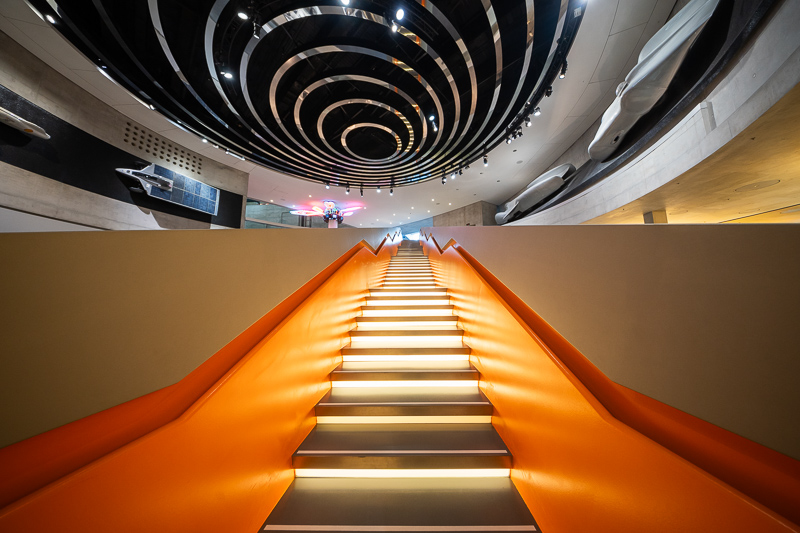
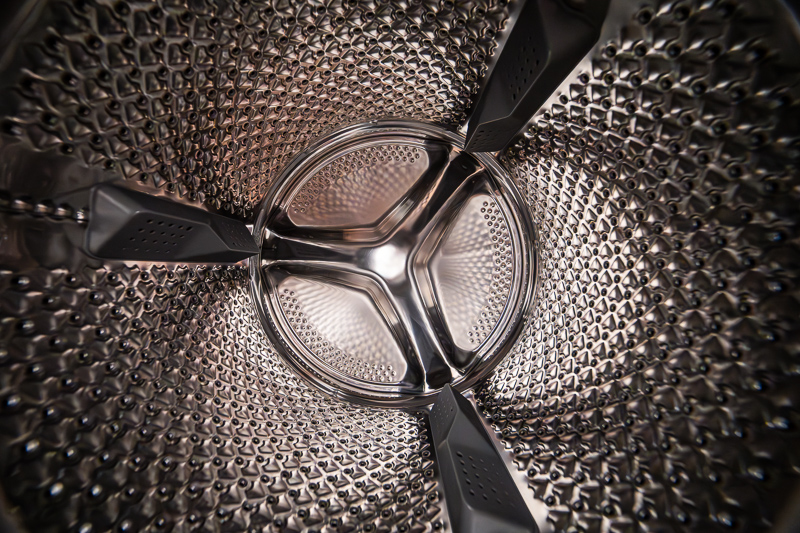
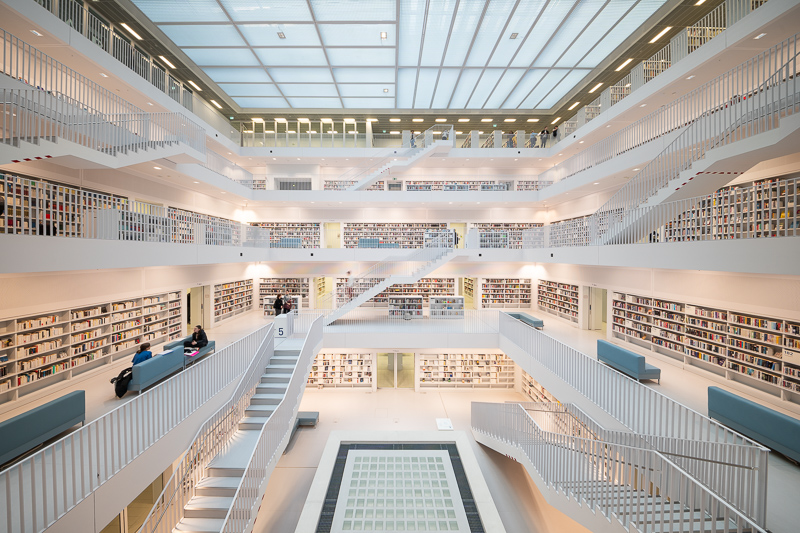
Many of the Sample images in this review can be found in full resolution here.
Contents
Disclosure
The Brightin Star 9mm 5.6 was kindly provided free of charge by Brightin Star for reviewing purpose for a few weeks.
Specifications / Version History
This Brightin Star 9mm 5.6 features a 34 mm rear filter, apart from that its specifications are pretty much the same as those of the 7Artisans 9mm 5.6:
-
- Diameter: 63 mm
- Field of view: 132° (diagonally)
- Length: 82 mm
- Weight: 424g (without caps)
- Filter Diameter: 34 mm rear
- Number of Aperture Blades: 5 (straight)
- Elements/Groups: 16/11

- Close Focusing Distance: 0.2 m
- Maximum Magnification: 1:13.5
- Mount: Sony-E, Nikon-Z, Canon RF, L-mount
buy from the manufacturer’s homepage | ebay.com | amazon.com for $479
How wide is it?
Despite both lenses offering the same focal length on paper the manufacturers give out different diagonal field of view values: 132° for this Brightin Star/7Artisans lens and 135° for the Laowa 9mm 5.6. These viewing angles would equal a 9.5 mm focal length for the Brightin Star/7Artisans and an 8.9 mm focal length for the Laowa lens. When comparing both lenses side by side this difference is clearly visible.
Handling / Build Quality

This is the fourth Brightin Star lens that I have used and there aren’t two that look the same. The casing design and the mechanics look very similar to the 7Artisans 9mm 5.6 though.
The focus ring has a nice, even resistance and travels roughly 90° from the minimum focus distance (0.2 m) to infinity.
The aperture ring has full-stop click stops (and an additional one between f/5.6 and f/8.0) and travels ~45° from f/5.6 to f/22. Similar to the Laowa 9mm 5.6 the click stops are not equidistant, that being said they are spaced a bit more evenly here.
The biggest difference compared to the 7Artisans 9mm 5.6 is the addition of a 34 mm rear filter thread. I received the lens together with a Brightin Star 34 mm ND1000 filter. Attaching and removing the filter is rather fiddly though.
Contrary to the Laowa 10-18mm 4.5-5.6, here this filter is not part of the optical formula and there is also no clear filter provided that should be used instead of the ND filter. Therefore I wonder what effect adding the ND filter will have on the optical performance of this lens…
There are also no electronic contacts to communicate with your camera.
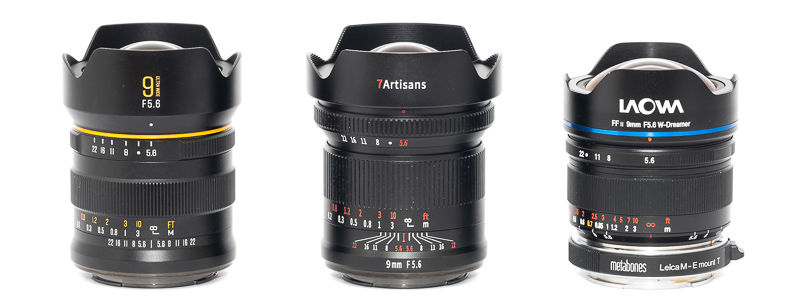
I bought the M-mount version of the Laowa 9mm 5.6 so I am showing it with a Leica-M to Sony-E adapter here for a fair comparison. The 7Artisans lens is slightly bigger as it features a more bulky built-in lens hood. This Brightin Star has a hood with a slightly smaller diameter. What you don’t see from this picture: the 7Artisans and Brightin Star have a noticeably bigger rear element than the Laowa.
Vignetting
light falloff
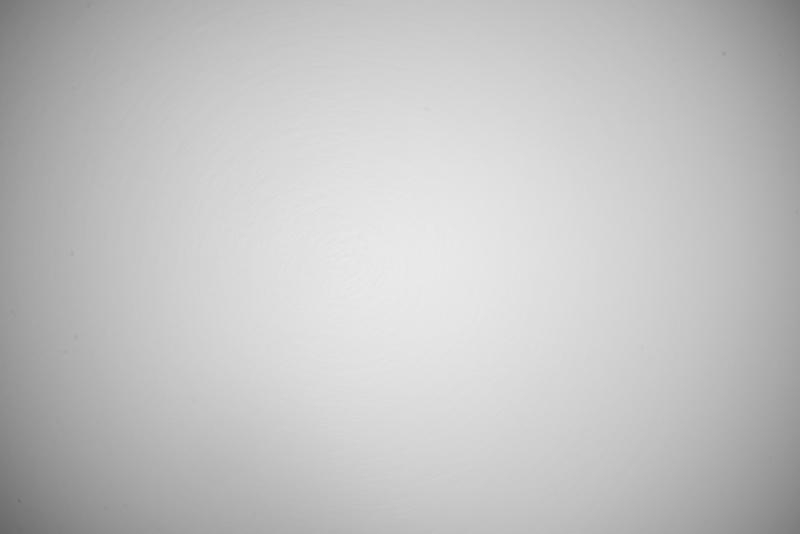
Because of the non removable hood we cannot get decent values on light fall off with our usual method that yields those nice charts. Instead I tried to take pictures of an evenly lit white wall.
With this method I measured about 2.3 EV light fall off in the corners. As can be seen from the following graph, stopping down does not have an influence on the vignetting figures.
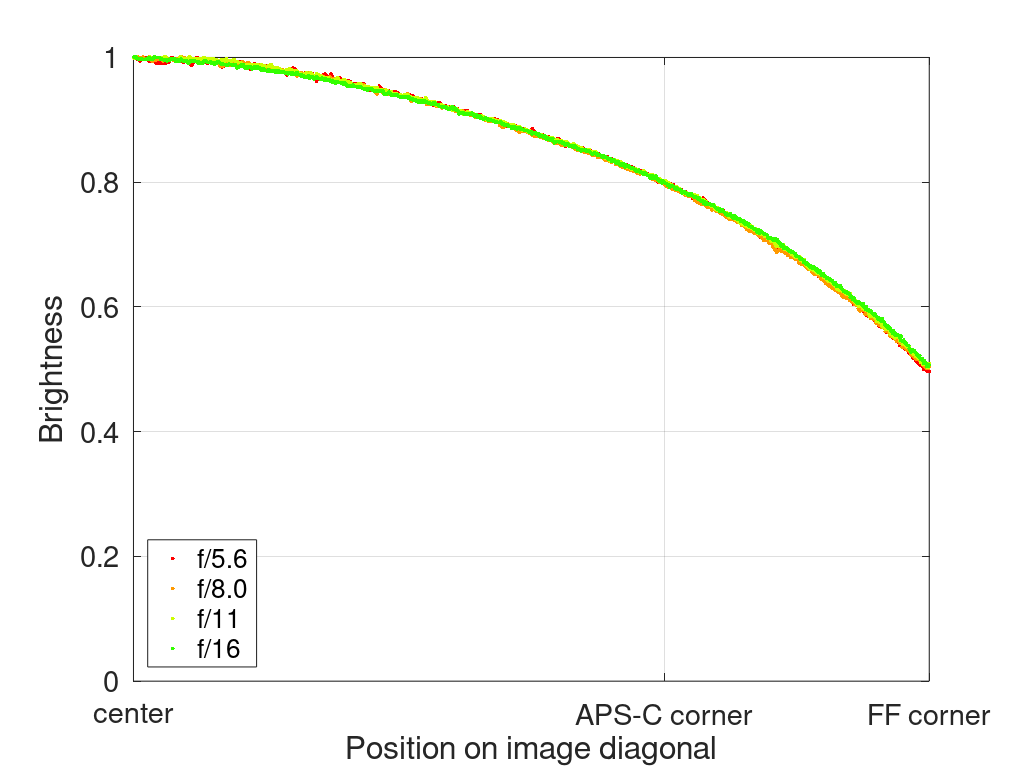
It is recommended to have a look at this article first to get an idea how this brightness graph works.
color cast

Like many other small ultra wide angle lenses also this Brightin Star 9mm 5.6 shows a slight color cast in the corners. On the Sony cameras with BSI sensor like the A7III or A7rII the corners take on a greenish teint, as was already the case for the Laowa 9mm 5.6.
You can check out my article How to: Correcting Color Cast in Lightroom where I explain different methods to fix this.
Sharpness
infinity (42mp Sony A7rII)

The center looks great from f/5.6, but similar to the Laowa 9mm 5.6 we also see a midzone dip at f/5.6 here, which disappears on stopping down to f/8.0.
Also the corners look best at f/8.0, as due to high vignetting the actual f-stop in the corners is slower than that in the center and therefore diffraction kicks in earlier in the corner regions.
Compared to the Laowa 9mm 5.6 I see a draw here. Because this 7Artisans lens isn’t as wide also a comparison to the Voigtlander 10mm 5.6 E might be in order, and here the Brightin Star/7Artisans definitely performs better than the three copies I tried of the Voigtländer lens.
As the ND filter is not part of the optical formula I expected adding it will have a negative influence on the optical performance of this lens. Interestingly this isn’t really the case though, the infinity performance is pretty much indistinguishable with the filter attached. However, true infinity is not at the infinity mark anymore, instead I had to set the lens to 0.3 m for infinity to be in focus. The problem is, that with an ND1000 filter attached it needs to be pretty bright to still be able to focus, so make sure to set the lens to f/5.6 for that.
I added two full size pictures to the flickr album, one with the ND filter attached and one without, so you can compare them yourself.
close (0.20m, 1:13.5)
100% crops from center, A7rII
The Brightin Star 9mm 5.6 has a minimum focus distance of 0.20 m which leads to a maximum magnification of 1:13.5. The Laowa 9mm 5.6 focuses much closer (0.12 m) and it also features a complex floating elements internal focus design whereas this Brightin Star is a simple unit focus design.
What difference that makes is easily visible here: while the Brightin Star performs well in the center, the same cannot be said about the border and corner regions, not even stopped down a lot.
Now the question is how often you will use a 9mm lens in such close focus scenarios.
Distortion

We see noticeably wavy barrel distortion here that will definitely be distracting in architecture pictures or anything else with a lot of straight lines.
The distortion is higher here compared to the Laowa 9mm 5.6 and I hope that someone will provide a correction profile for this lens, as was the case for the Laowa lens. You can of course also try to create one on your own.
Flare resistance
As always evaluating flare is a complex matter since you can get any lens to look bad if you push it hard enough and a slight change of scenario can affect results a lot.
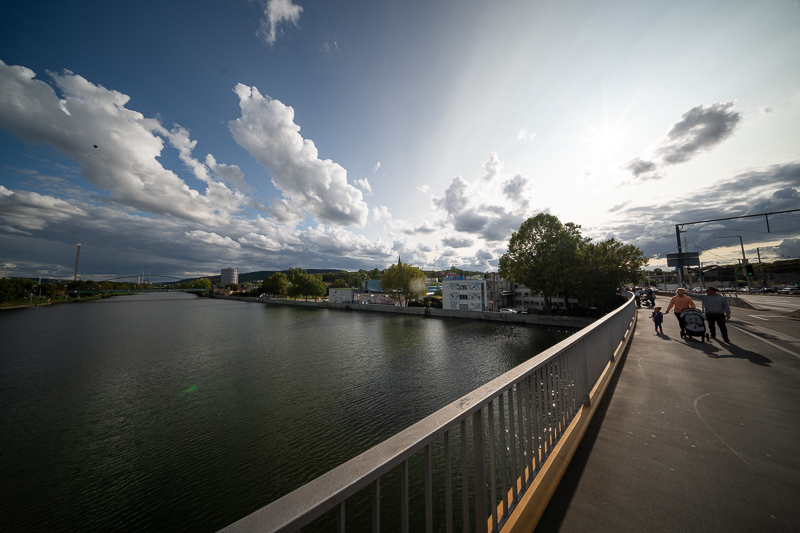
With this lens it is really hard to create any unwanted artefacts though. The only ones I manage to create are these tiny ghosts in the picture above with the sun inside the frame as well as a big flare in the center of the frame with the sun in a specific position outside the frame, which can be easily avoided by shading the lens or slightly reframing:
In the end the performance here is surprisingly good, probably the best I have seen in the 9-10mm focal length range yet.
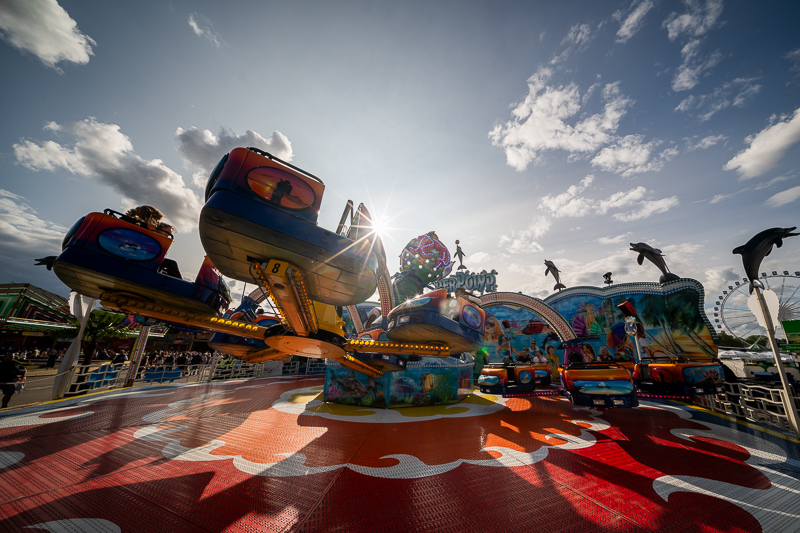
Coma
Coma is well corrected. Obviously its f/5.6 maximum aperture does not make this lens an obvious choice for astrophotography though, there are better options available for this task.
Sunstars
No sunstars at f/5.6 but well defined 10-stroke sunstars between f/8.0 and f/22, very similar to either the Laowa 9mm 5.6 or the Voigtländer 10mm 5.6. If you want to learn more about sunstars in general have a look at this article.
At f/22 we can also see a faint ring flare,
Chromatic Aberrations
lateral
100% crops from extreme corner, Sony A7rII
The Laowa 9mm 5.6 showed an unusual behaviour here, as the CA were highest in the midframe, not in the corners as we would expect.
This Brightin Star lens shows a more typical behaviour, but the amount of the lateral CA is also really low and therefore easily corrected in post by just one click.
longitudinal
As this is a very wide and rather slow lens longitudinal CA (loCA) are nothing to worry about.
Conclusion
good
|
average
|
not good
|
Having a rectilinear lens this wide available is definitely something I don’t want to miss, which is why I bought the Voigtländer 10mm 5.6 as soon as it was available and replaced that one with the much better Laowa 9mm 5.6 as soon as that was available.
I didn’t know what to expect of this Brightin Star/7Artisans 9mm 5.6 when it was announced, especially as it is being sold at a 20% lower price than the Laowa.
In fact I was already quite impressed by the performance of the near identical 7Artisans lens and the Brightin Star version even comes with a fitting 34 mm ND1000 rear filter, which is why I think it is the more desirable lens of the two – unless you don’t like its flashier casing design and don’t want to use an ND filter anyway.
Compared to the Laowa 9mm 5.6 the Brightin Star/7Artisans 9mm 5.6 has better flare resistance and slightly lower vignetting, the Laowa lens is noticeably wider though, focuses closer and thanks to its complex internal focus mechanism also performs better at close distances (a feature, I am not sure I ever made use of).
Depending on what you are looking for you may prefer the Brightin Star/7Artisans or the Laowa lens here.
buy from the manufacturer’s homepage | ebay.com | amazon.com for $479
Alternatives
I will only cover the most obvious alternatives here. You can find the less obvious ones in our Guide to Ultra Wide Angle Lenses for the A7 Series.
7Artisans 9mm 5.6:
The optical and most of the mechanical construction of these lenses is identical. The Brightin Star lens is slightly smaller and about 40g lighter, but the main difference is the addition of a 34 mm rear filter thread. As the prices of both lenses are the same and the Brightin Star includes an ND1000 rear filter it does look like the better deal here.
buy from the manufacturer’s homepage, B&H, ebay.com or amazon.com for $479
Laowa 9mm 5.6 FF-RL:
They may sound like the same thing on paper, but there are a few notable differences between the Brightin Star/7Artisans lens and this Laowa lens. The most notable being, that this Laowa lens is quite a bit wider (as I have shown you at the beginning of this review) followed by the availability of a distortion correction profile, that would also be needed here. It also comes in Leica M-mount, which isn’t the case for the Brightin Star/7Artisans lenses.
The Brightin Star/7Artisans does a little better when it comes to vignetting and in terms of flare resistance and it is also 20% cheaper. Additionally the Brightin Star brings a rear filter thread to the table.
buy manufacturer’s homepage, B&H or ebay.com/ebay.de for $699 (M-mount) and $599 (E/Z/L-mount) (affiliate links)
Voigtlander 10mm 5.6 E Hyper Wide Heliar:
I used this lens for many years, but now that there are optically better and at the same time cheaper alternatives like either the Laowa 9mm 5.6 or this Brightin Star/7Artisans 9mm 5.6 are available, I find this hard to recommend.
buy from CameraQuest | ebay.de | amazon.de | ebay.com | amazon.com | B&H for 1099$ (affiliate links)
Laowa 10-18mm 4.5-5.6 C-Dreamer FE:
If you value flexibility and compact size over image quality and you don’t know yet what focal length is the right one for you this may be worth a look.
buy from manfucaturer’s homepage | amazon.com | B&H (affiliate links) for $599
Samyang 10mm 3.5 XP:
The Samyang is faster and it has less vignetting, especially stopped down, but at least as much issues with color cast in the corners. I don’t think this is a great pick for mirrorless users.
buy from amazon.com | amazon.de | B&H | ebay.com | ebay.de for $899 (affiliate links)
Further Sample Images







Many of the sample images in this review can be found in full resolution here.
For more sample pictures you can also have a look at the review of the 7Artisans 9mm 5.6, as the optics of that lens are identical.
Further Reading
- Sony FE lenses: Our comprehensive and independent guide
- Guide to the best 85-135mm Portrait Lenses for Sony A7 Series
- Review: Viltrox FE 16mm 1.8 AF
- Review: Sony FE 24mm 1.4 GM
- Review: Laowa 35mm 0.95
Support Us
Did you find this article useful or just liked reading it? Treat us to a coffee!
![]()
![]()
![]() via Paypal
via Paypal
This site contains affiliate links. If you make a purchase using any of the links marked as affiliate links, I may receive a small commission at no additional cost to you. This helps support the creation of future content.
Latest posts by BastianK (see all)
- The Best Fullframe Lenses from China - November 24, 2025
- Review: Mr. Ding Optics 50mm 1.2 Noxlux Z - November 23, 2025
- Analogue Adventures – Part 46: Fujichrome Provia 400F (expired) - November 19, 2025
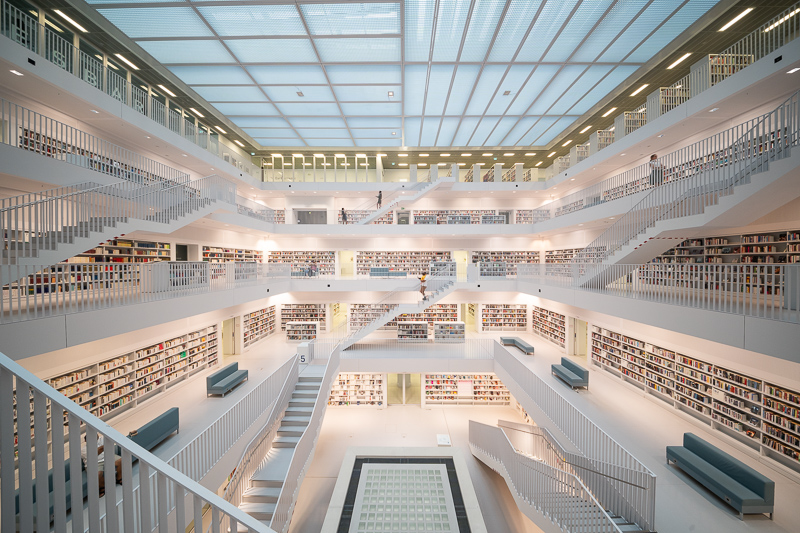
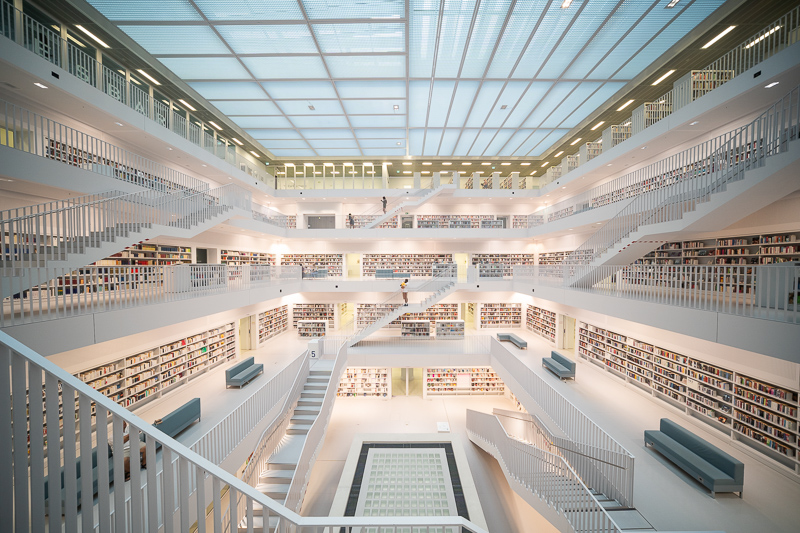


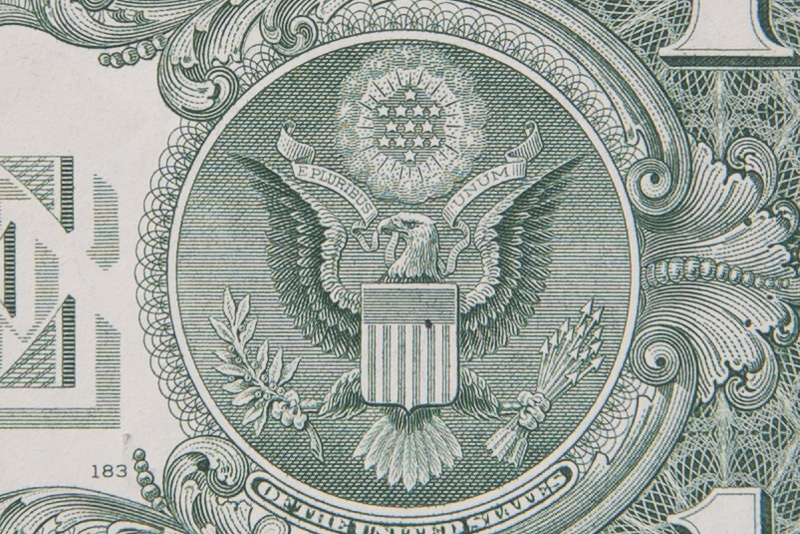
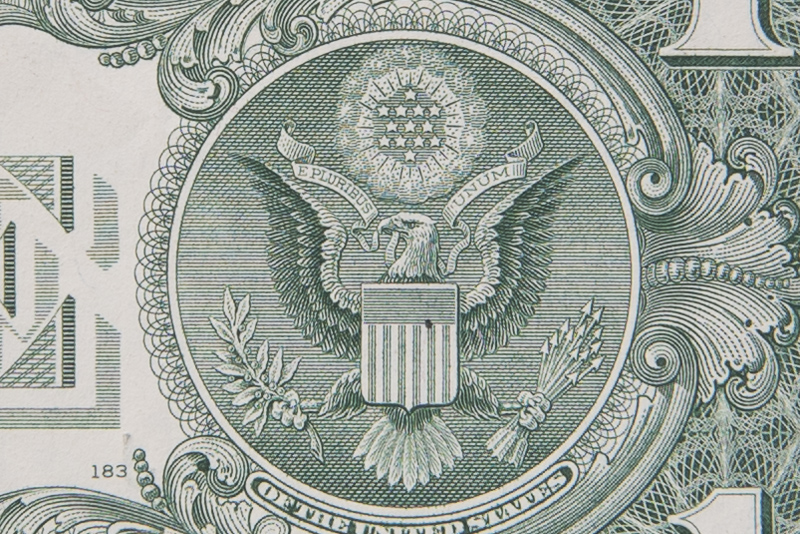
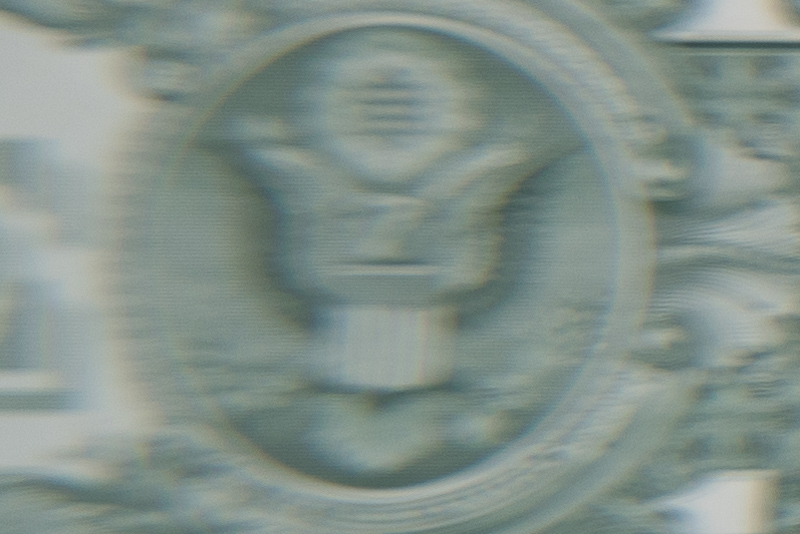
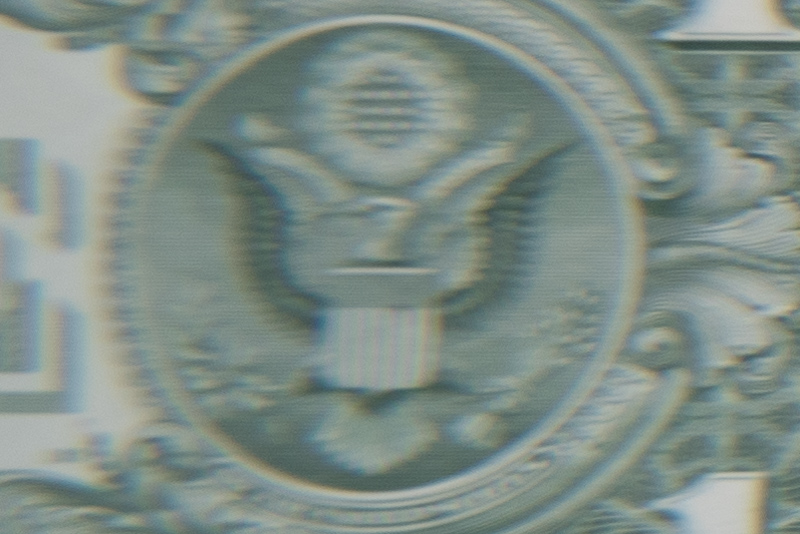


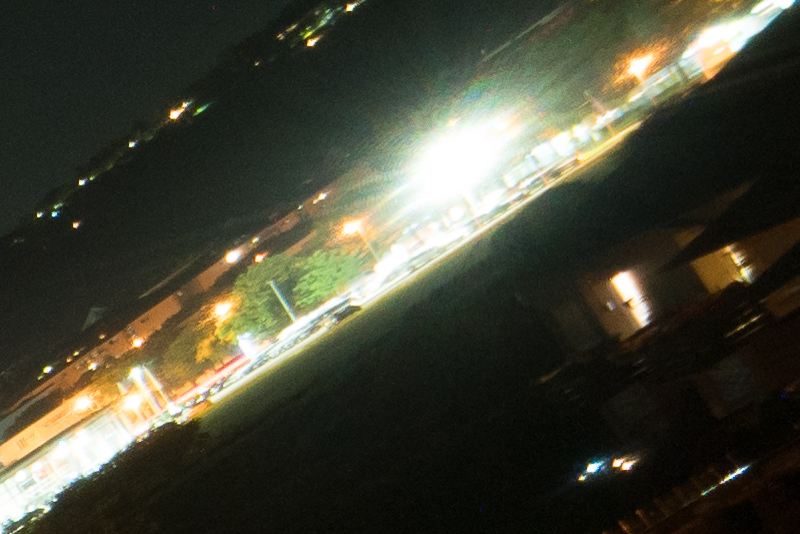
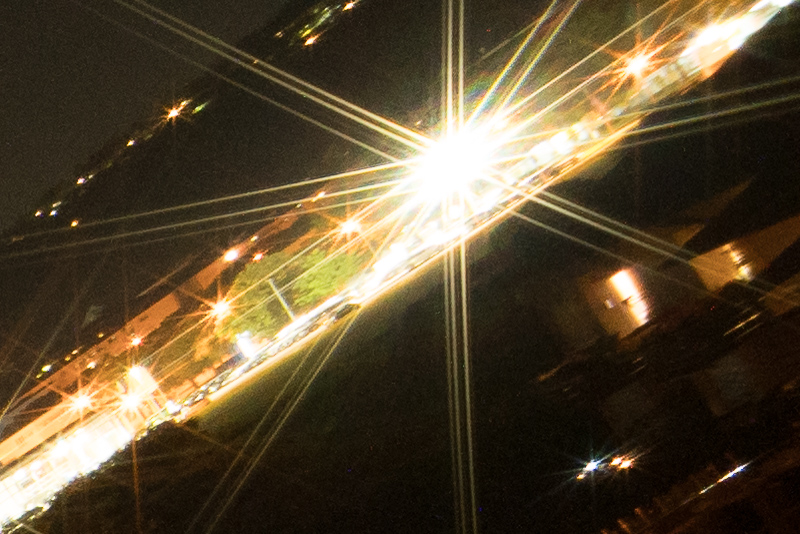
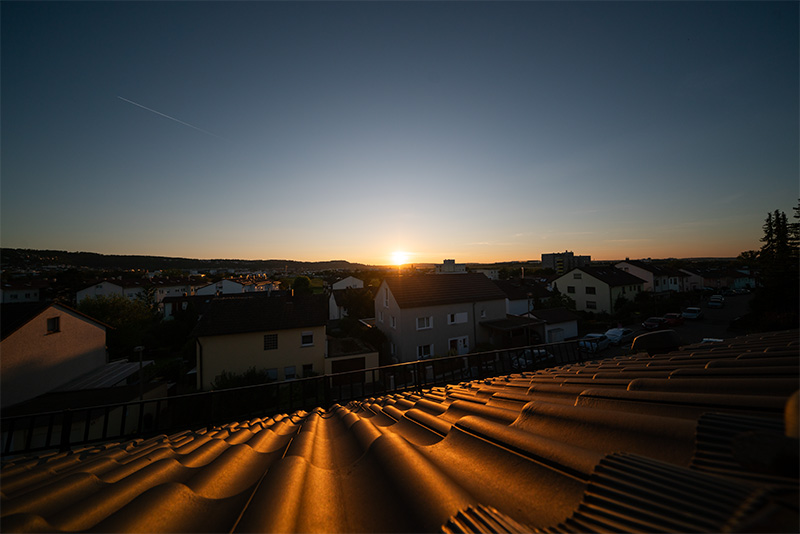
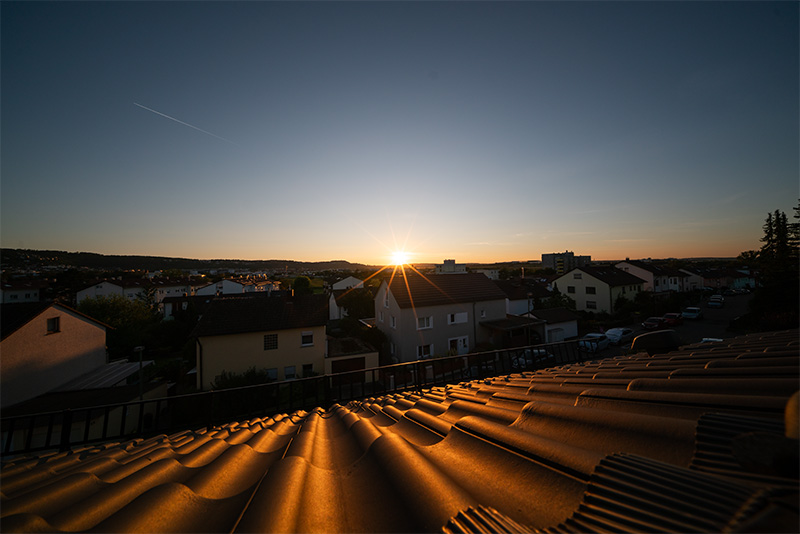
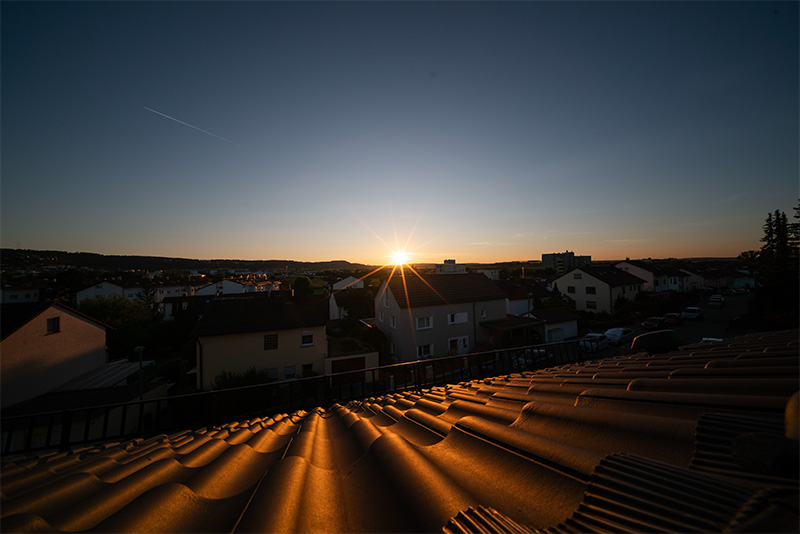
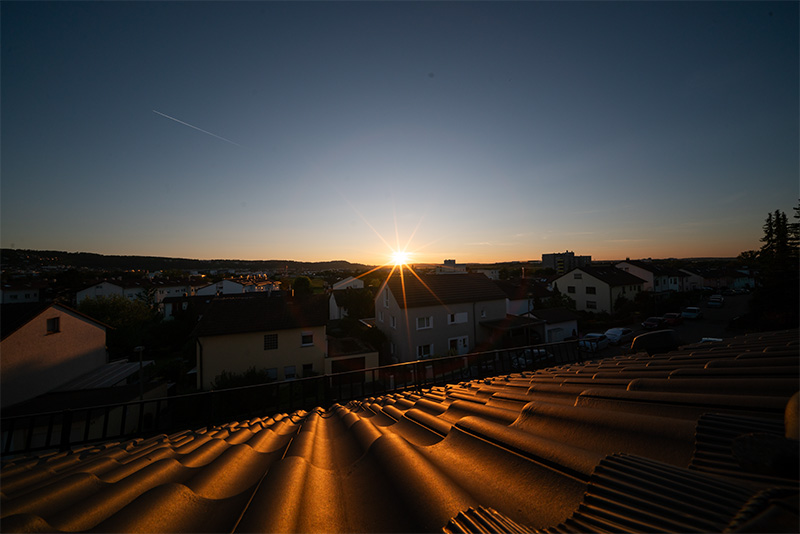
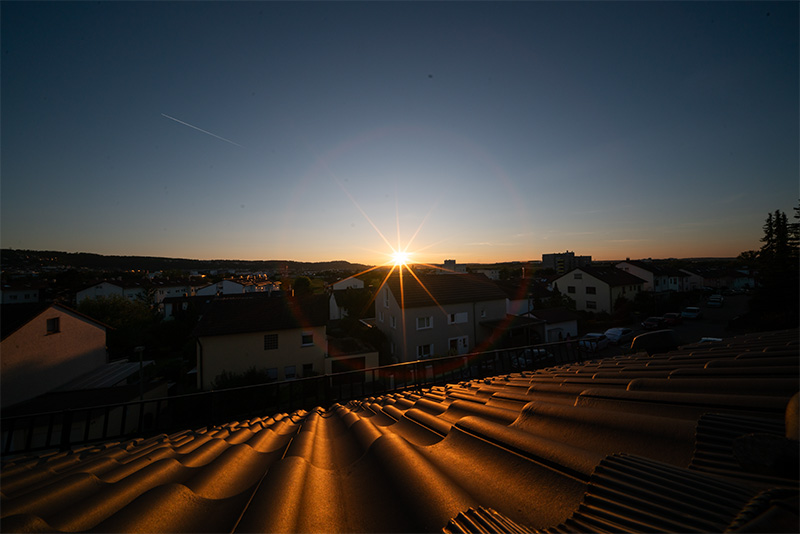
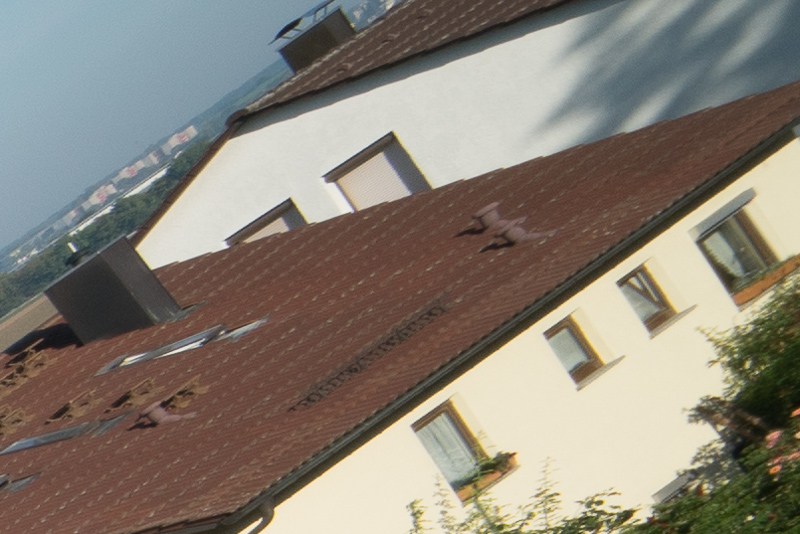
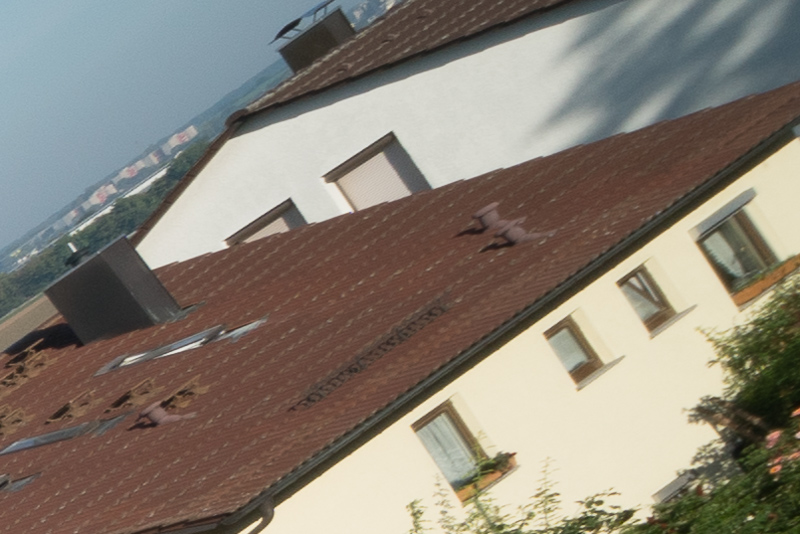
I’m always impressed by the quality of the sample photographs you guys provide in the lens reviews. Inspiring.
Thank you!
This is true! Well done as always.
I’ve said it before and I’ll say it again: I’m always so impressed by your ability to take such fantastic images with ultra wide angle lenses.
Thank you so much!
Bastian, your photos are so nice. Even without buying the lens, I love watching those sample images. They are art for me.
Thank you very much!
There is also Irix 11mm f/4 – no color cast, good optical, can use adapter drop-in with ND filter and cost about 300$. Is bigger of course.
Hello Bastian,
I found you are reviewing SONY 14 gm, may I ask when will you publish the review? And will you replace your trusted Laowa 15 F2 with the GM beauty? I myself is considering buying this lens. Compared to Sony 1635 pz and Sigma 1628, 14 gm just seems a lot sexier. Thank you very much.
I will be one of the next reviews I publish, I guess within the next 2-3 weeks.
I am not replacing my Laowa 15mm 2.0. The advantages are not big enough for me personally to warrant paying the extra money.
This is a really specialized lens and in Lightroom Classic, I made myself a preset to suit me. I wanted a general preset to get me close to what I like, then modify from here. YMMV as they say. Posted here for your consideration (I like grain btw):
Lightroom 9mm f/5.6 Brightin Star Preset
Black & White
Contrast +50
Whites -50
Blacks -4
Clarity +30
Dehaze +10
Distortion +7 (Constrain Crop)
Vignette Amount +90
Vignette Midpoint 30
Grain Amount 50
Grain Size 25
Grain Roughness 50
Hi. Just wondering, how do you perform manual focus with the ND filter attached. Wouldn’t the image be too dark to see what’s in focus? Even worse if you stop down?
In bright environments it was still possible to focus, but it surely ain’t fun.
salve sto valutando se acquistare il brightin 9mm oppure il 7 artisan 9mm ed ho notato che ora anche il 7Artisan ha la possibilità di montare filtri posteriori ma se li fanno pagare in pratica viene a costare circa 70€ in più del brightin. volevo chiedere visto che li ha provati entrambi quale mi consiglia, vale la pena risparmiare quei 70€ prendendo il brightin.
grazie
Except for the rear filter they are the same lens.
Whether using that rear filter is worth 70€ to you, you need to decide for yourself.